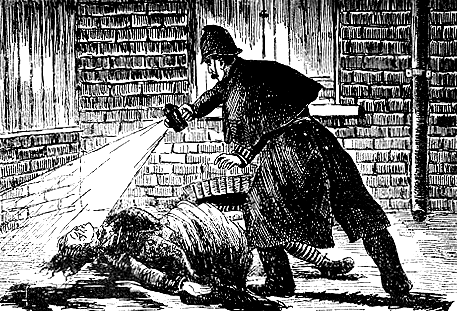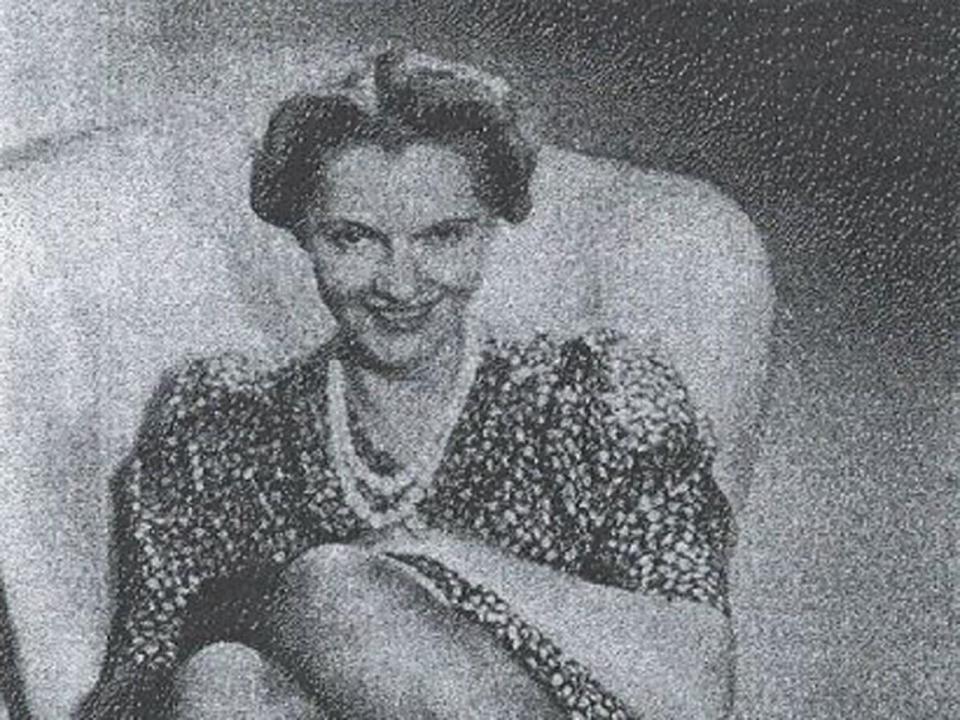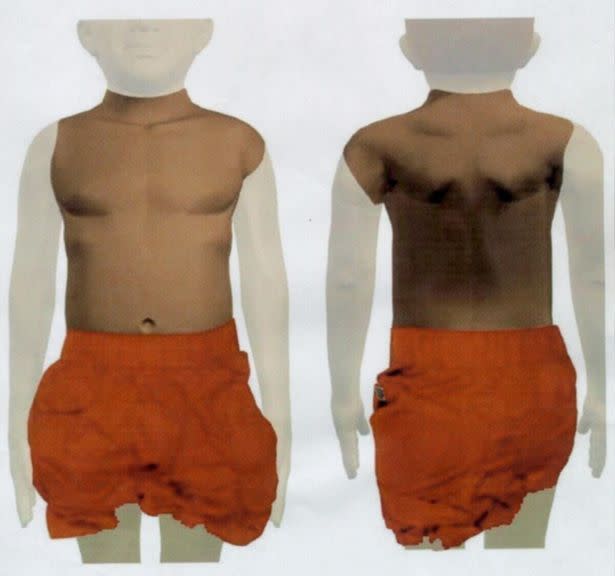10 Grisly British Crimes That Are Still Unsolved

There are more than 1,000 unsolved murder cases in the UK, according to the most recent statistics.
Some of these grisly crimes date back to the 1800s, and will likely never be solved in the traditional sense – other than by historians playing detective.
But many cold cases have been reopened with the emergence of new evidence, new technology or convictions in similar cases.
As of now, however, these infamous cases remain unsolved.
The Whitechapel murders
Britain’s most notorious case, a series of gruesome murders in the East End of Victorian London, is the perhaps the world’s most famous unsolved crime. The identity of the killer, known as Jack the Ripper after the signature on a (probably faked) letter, is still debated today, with countless books written and documentaries made. There are more than 100 ‘suspects’, although most are little more than fanciful or the result of pseudohistory. The police file lists 11 victims (although the number officially is five), but no one is entirely sure how many the murderer – or, indeed, murderers – killed.
The Wallace Case
In 1931, William Wallace, an insurance salesman, was convicted of bludgeoning his wife, Julia, to death at their Liverpool home. He was found guilty and sentenced to death, but the conviction was overturned on appeal. Wallace had told the court that a man – one RM Qualtrough – had called and asked to meet him, giving him the address of 25 Menlove Gardens East. After two hours of searching, he realised the road didn’t exist – but when he returned home he found his wife dead. Many suspects have been linked with the crime, but one current theory is that police had the right man and let him go.
Platts murder
The horrifically battered body of Thomas Bradbury was found in The Moor Cock Inn in a remote part of Lancashire in 1882. His father, 84-year-old Bill, was found in bed barely alive, and managed to splutter a last word – perhaps ‘Platt’ or ‘Platter’ – before he died. Police believed he was naming the murderer, so searched for suspects with similar names. The case went unsolved.

Was Clara Bauerle ‘Bella’?
Bella in the wych elm
In 1943, four boys found a human skull inside a wych elm tree near Wychbury Hill in Stourbridge, that of a woman, which forensics suggested had been there since 1941. The unidentified victim became known as ‘Bella’, after graffiti began to appear that asked ‘Who put Bella in the wych elm?’. Police looked for evidence of missing persons that fit the bill, but to no avail. Years later, a woman told a journalist that Bella had been murdered by a German spy ring. Files released by MI5 last year contained details of a German spy who carried a picture of the actress Clara ‘Clarabella’ Bauerle, reigniting public interest in the case.
Jill Dando
One of the most high-profile murders in British living memory is that of Jill Dando, a celebrated newsreader and presenter of Crimewatch at the time of her death. The 37-year-old was shot in the face once on the doorstep of her own home. A man, Barry George, was convicted and jailed for the murder but was later acquitted on appeal. There have been several theories, including that someone hired an assassin to get revenge after being convicted from Crimewatch evidence and, more prominently, that a Yugoslav terrorist group killed her. The case remains open.
‘Mr Kipper’
In 1986, Suzy Lamplugh, a 25-year-old estate agent from Fulham, was reported missing, after having made an appointment for a house viewing with a ‘Mr Kipper’. Police have said their lead suspect was John Cannan, a convicted rapist and killer who used the name ‘Kipper’ in prison. However, he denies involvement and Lamplugh’s body has never been found.

The torso of Ikpomwosa – or ‘Adam’ – was found in the Thames
Torso in the Thames
The dismembered torso of a boy, his head, arms and legs removed, was found floating in the Thames near Tower Bridge on September 21, 2001. Police, unable to identify the victim, who was wearing orange shorts, named him Adam. They believed he was Nigerian and the murder was possibly a ritual killing. Ten years on, the boy was named as six-year-old Ikpomwosa and, later, a woman who used to care for him told the BBC she had handed him to a man known as Bawa – but the murder remains unsolved.
Wild Park murders
In 1986, Nicola Fellows, 10, and her friend Karen Hadaway, 9, were snatched from an estate in Brighton. Their bodies were found strangled and sexually assaulted in the city’s Wild Park a day later. Police had a suspect immediately: Russell Bishop, a 19-year-old roof tiler, who had joined the search for the girls. He was arrested for their murders but was acquitted by a jury. However, three years later he was found guilty of the sexual assault and attempted murder of a seven-year-old girl a few miles from the park. Police say they have not been able to gather enough evidence to mount a successful prosecution.
Pitchfork murder
On Valentines Day 1945 a local farm labourer, Charles Walton, was found brutally murdered – pinned to the ground with a pitchfork. A trouncing hook was found in the 74-year-old’s throat and a large cross was engraved into his chest and neck – causing many to link the murder to witchcraft. There was insufficient evidence to charge anyone, resulting in the case becoming one of the most notorious and talked about in English history. A man named Alfred John Potter, who owned the farm, was the chief suspect then and now, but villagers kept schtum.

The killer met all the victims in the Barrowland Ballroom (Credit: GaryReggae)
Bible John
The Bible John murders in Glasgow are the most notorious in Scottish criminal history. The serial killer is believed to have murdered three women – Patricia Docker, Jemima McDonald and Helen Puttock – after meeting them at the Barrowland Ballroom between 1968 and 1969. He was given the moniker after the sister of the one of the victim’s described the killer, who called himself John, as having recited scripture. Police spent four decades gathering evidence, including DNA in the early 2000s, but were not able to find the perpetrator. In 2004, a man called Peter Tobin was convicted or the murder of student Angelika Kluk, in a case which shared many similarities to the Bible John murders. Many people are convinced he is, in fact, Bible John. But as the last witness died in 2010, the case remains unsolved.

 Yahoo News
Yahoo News 
